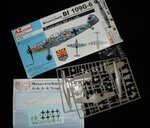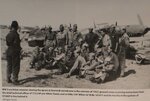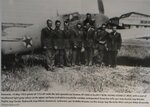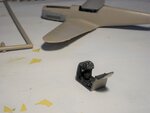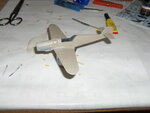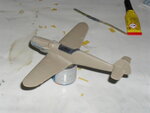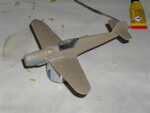imalko
Chief Master Sergeant
Username: imalko
First name: Igor
Category: Intermediate
Scale: 1/72
Manufacturer: AZ Models
Model Type: Messerschmitt Bf 109G-6
Aftermarket Add-ons: Lift Here! Decals - "Dulltones I, Western Types in Yugoslav Air force"
Details: "9617" from 172. LAP, JRV (172nd Fighter Aviation Regiment, Yugoslav Air Force), 1953
First name: Igor
Category: Intermediate
Scale: 1/72
Manufacturer: AZ Models
Model Type: Messerschmitt Bf 109G-6
Aftermarket Add-ons: Lift Here! Decals - "Dulltones I, Western Types in Yugoslav Air force"
Details: "9617" from 172. LAP, JRV (172nd Fighter Aviation Regiment, Yugoslav Air Force), 1953

